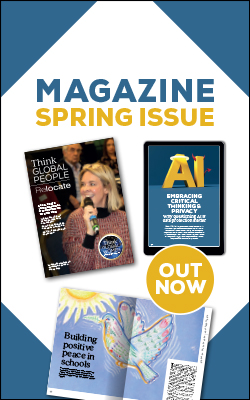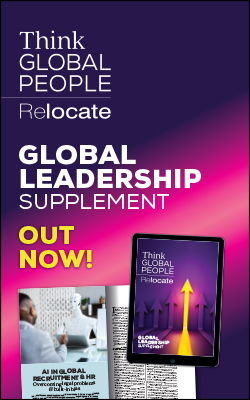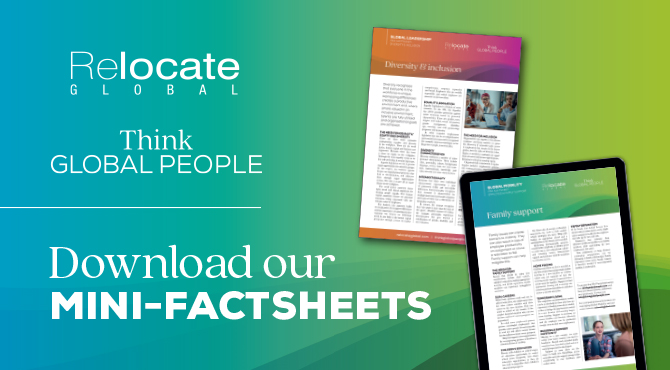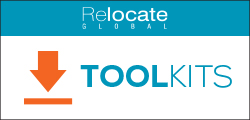What will get us to the other side of this pandemic?
How can two kinds of testing for COVID-19, plus social distancing and adequate PPE, help flatten the Coronavirus curve and get key workers back to work?

Social Distancing
The first measure — and we cannot stress this enough, is continuing to adhere to local government guidelines. Stay home unless you absolutely need to go out for food, supplies or medication. When you do leave the house, recommendations are shifting to say that people should wear a cloth face covering. This instruction for people without symptoms to wear masks or scarves over their face when they are out and among other people would be to prevent the unintentional spread of the virus during an asymptomatic period, rather than act as a primary barrier for protection against transmission.But as much as you can, do stay home.
The more time you spend at home, the less you are exposed to the virus, and the less you risk exposing others — especially those most vulnerable among us: people who are 65 and older or those that may have pre-existing conditions or be immunocompromised. If these individuals become infected with the virus, they are more likely to suffer severe symptoms and require hospitalization. The more COVID-19 patients that are admitted to the hospital, the more exposure healthcare workers have to positive cases and a greater strain is placed on the limited resources of an overwhelmed healthcare infrastructure. We must also remember that it’s not just those with COVID-19 that are affected by limited resources in medical facilities. The impact extends to anyone with other routine medical and surgical needs such as cardiac issues, injuries from motor vehicle accidents and pregnant women — and that’s just to name a few.Personal Protective Equipment (PPE)
One of the major resource issues that must be addressed in the midst of this pandemic is the production and procurement of personal protective equipment (PPE) for all healthcare workers. While manufacturers have ramped up production, the demand for PPE in the hardest hit countries is not being met. Healthcare workers have been required to re-use items like masks — something that would have been unthinkable just a few months ago. Manufacturing companies like General Motors and fashion retailers like Gap, Inc. have pivoted their supply chain in recent weeks in order to assist in the production of these critical materials.Related articles:
- Self-isolation and Coronavirus: How to manage a remote workforce
- Coronavirus and your employees – protecting them in an uncertain world
- Coronavirus and education: what is the global impact on students, families and communities?
Testing
There’s one more thing that’s going to make a tremendous impact on how and when this pandemic will come to an end, and that is testing. Currently, the testing in some of the most developed countries in the world is lagging woefully behind. This has resulted in backlogs and delays and the spread of the virus by those who couldn’t access a test or were told they didn’t meet the current parameters to be tested.There are two distinct tests for COVID-19
PCR test for Coronavirus
The current PCR test that was approved and distributed by the WHO in January requires nasal and throat swab samples and tests for a particular strand of the viral RNA. This test is the gold standard for diagnosing a pathogen, but the testing is complex and mainly carried out at large reference laboratories. Tests typically take 4–6 hours to complete, but the logistical requirement to ship clinical samples means the turnaround time is 48 hours at best, and in many countries can take up to 5 days.But there is hope for minimizing the waiting period. Last week the US Food and Drug Administration (FDA) approved a COVID-19 test from Abbott Labs that delivers positive results in as little as five minutes and negative results in 13 minutes.Immunoassay (antibody) test for Coronavirus
The potential development of a rapid COVID-19 test would revolutionize the protocols for self-isolation and quarantining. The other test that is being trialed in many countries, prior to an expected roll-out in the coming weeks, is an immunoassay test, also known as an “antibody test.”This test provides historical information about the virus, as well as confirming a diagnosis. It requires two drops of blood from a pinprick and gives results within a few minutes. It is essentially a home test that requires no medical skills for sampling and no laboratory expertise for analysis. These tests are cheap, but not as accurate as PCR testing.On March 25, a UK government official said that the country had ordered 3.5 million of these “finger-prick” antibody tests that would allow people to perform the test at home. The test would show whether the individual had been previously exposed to COVID-19 and help researchers to determine what kind of immunity those with such exposure might have. Further, these kinds of tests would show how many people may have contracted the virus without their knowledge — some people could have had the virus with no symptoms, others could have had it and assumed it was a cold or perhaps the flu.In the case of high numbers of healthcare workers who are having to self-isolate because of potential exposure, they would be able to return to work if tests show that they have been exposed and have antibodies. The same is true for essential workers in food distribution, transportation and other vital services. These tests would mean that we can gradually get people back to work safely.Antibody testing will also provide a more accurate idea of how deadly COVID-19 really is. The deaths caused by this pandemic are tragic — but the true mortality rate will never be known until there is a more accurate idea of how many people have had the virus. This, along with treatments and a vaccine, will eventually lower the calculated mortality rate and allow this coronavirus to assume its position as yet another pathogen in history that posed a threat to humanity. Dr. Adrian Hyzler is the Chief Medical Officer, Healix International/HX Global. Healix International/HX Global works with multi-national corporations, NGOs and governments around the world to provide medical, security and travel assistance and help fulfil duty of care obligations.
Read more on our Coronavirus resource page.
Subscribe to Relocate Extra, our monthly newsletter, to get all the latest international assignments and global mobility news.
Relocate’s new Global Mobility Toolkit provides free information, practical advice and support for HR, global mobility managers and global teams operating overseas.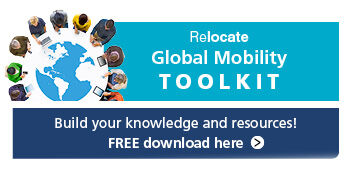 Access hundreds of global services and suppliers in our Online Directory
Access hundreds of global services and suppliers in our Online Directory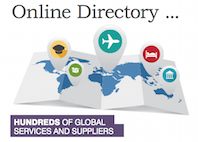
©2025 Re:locate magazine, published by Profile Locations, Spray Hill, Hastings Road, Lamberhurst, Kent TN3 8JB. All rights reserved. This publication (or any part thereof) may not be reproduced in any form without the prior written permission of Profile Locations. Profile Locations accepts no liability for the accuracy of the contents or any opinions expressed herein.






